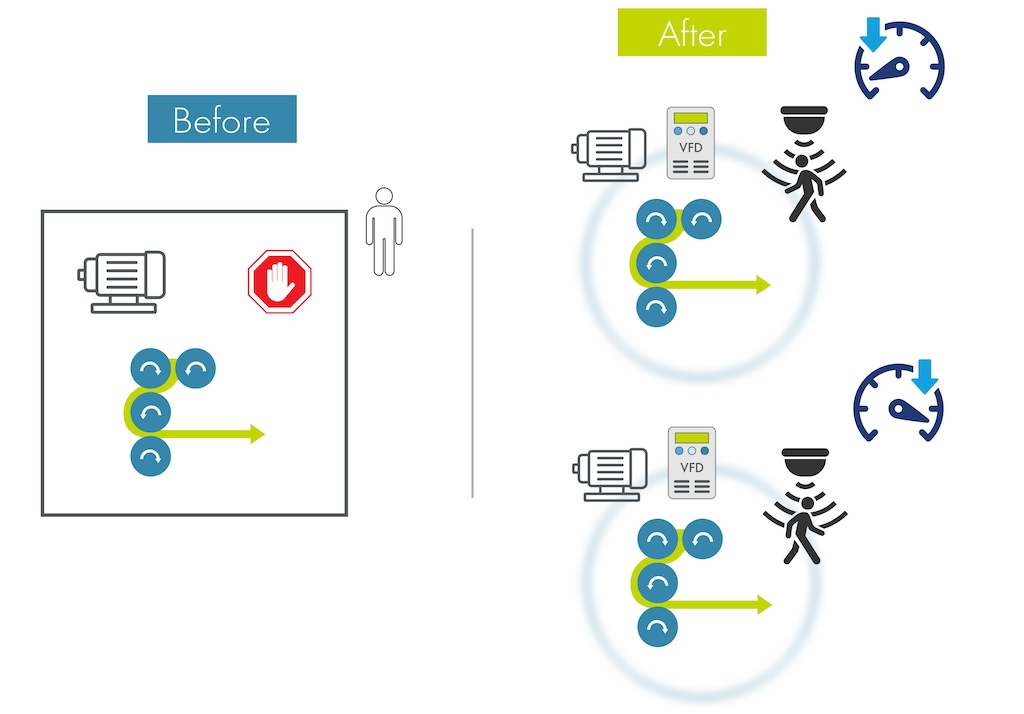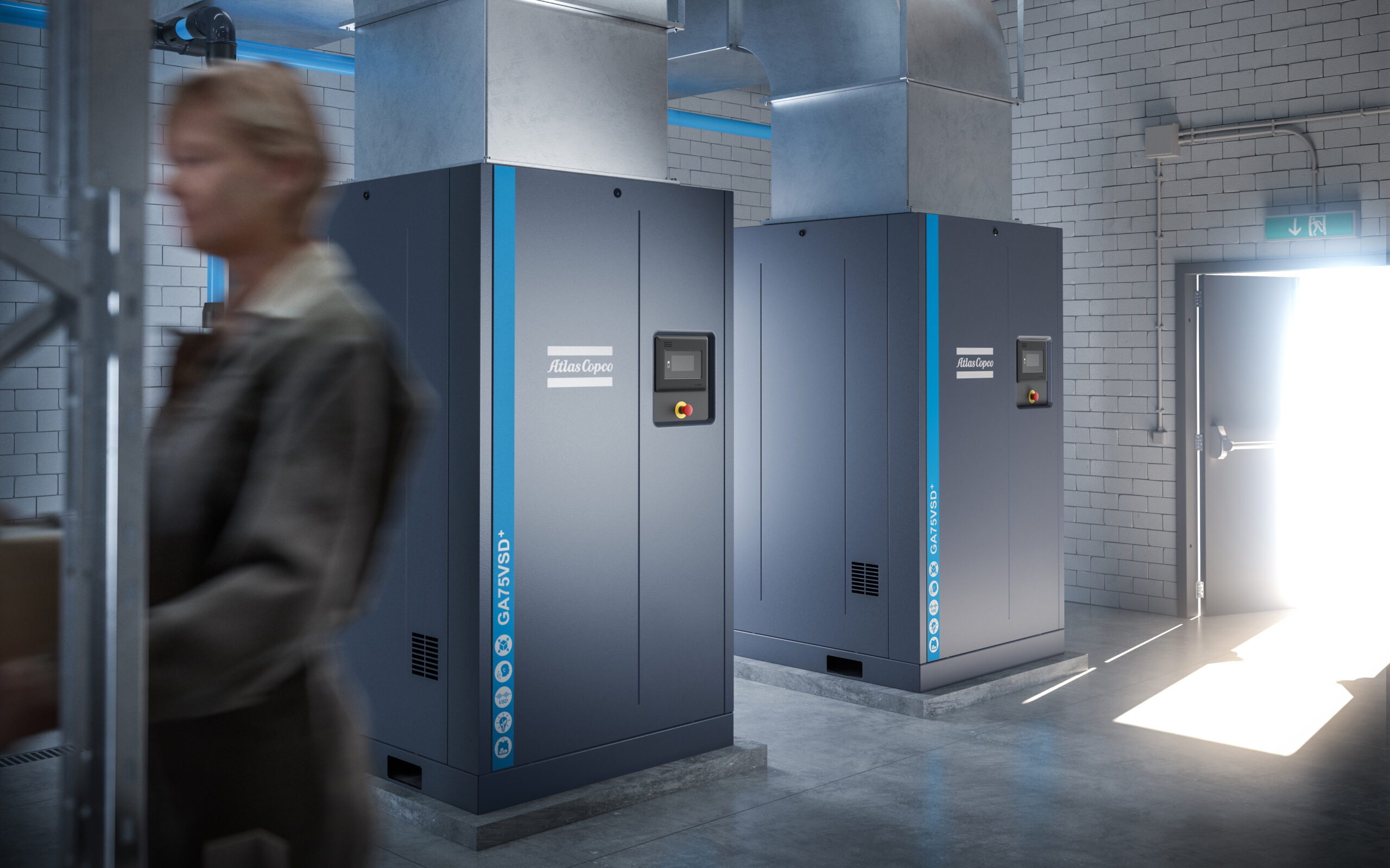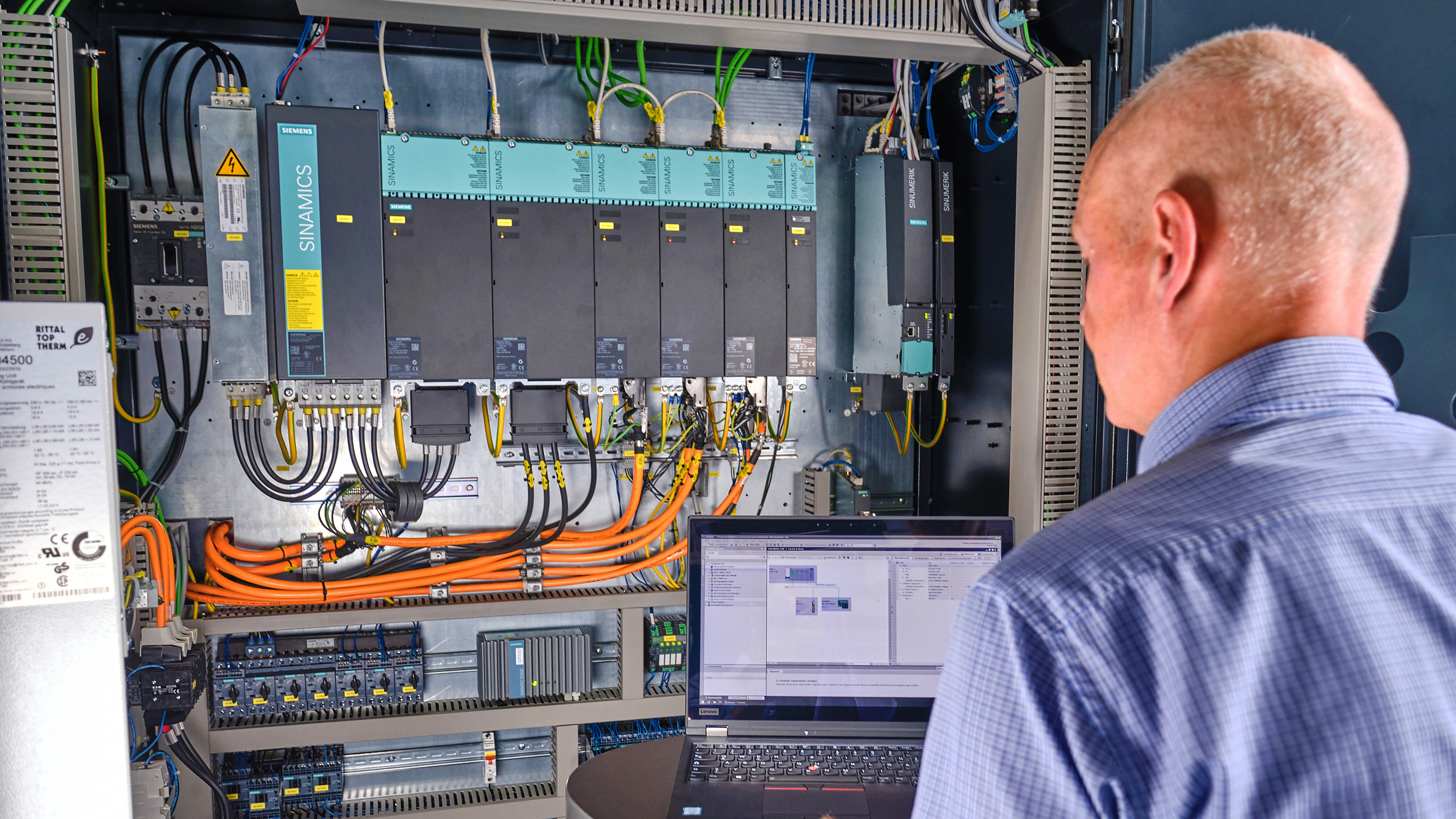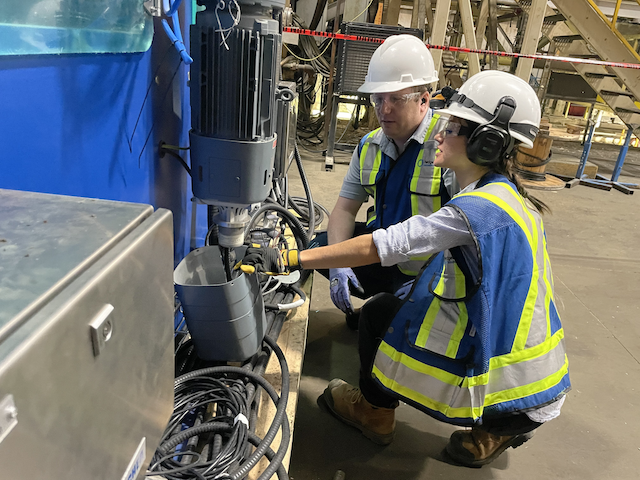Variable frequency drives (VFDs) and variable speed drives (VSDs) play a key role in manufacturing facilities and those are shifting and changing due to real-world and technology changes.
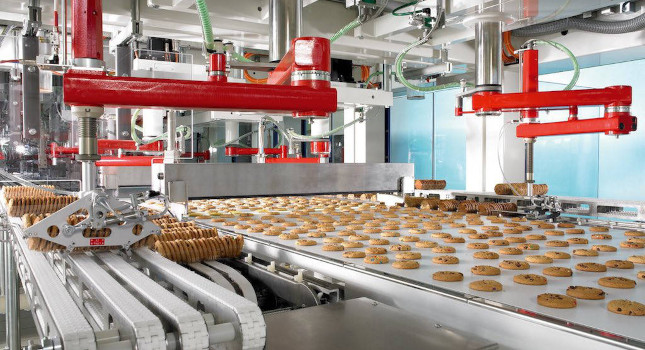
Respondents
- Thomas Burke, global strategic advisor, CC-Link Partner Association (CLPA), Vernon Hills, Ill.
- Edward Polzin, product manager, Bosch Rexroth, Hoffman Estates, Ill.
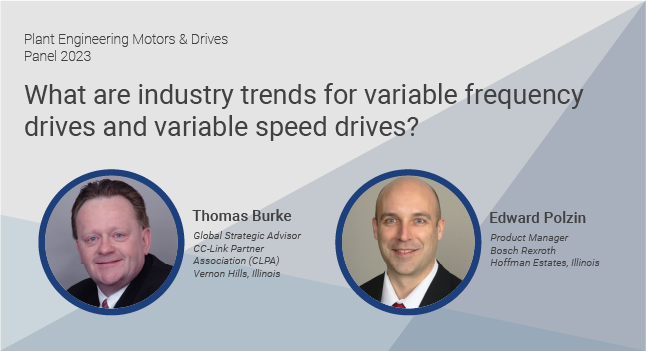
Question: What are some of the current trends for variable frequency drives and variable speed drives (VFDs and VSDs) for industrial and manufacturing facilities?
Thomas Burke: Compact AI is driving advanced diagnostics in next-generation variable frequency drives (VFDs). We will see various Innovative use of Compact AI in quality control, waste reduction and production optimization. In VFD, compact AI will make it possible to analyze and determine the lifetime of critical components, such as capacitors, contact relays, cooling fans and inrush current limit resistors. Another use case could be to identify signs of inverter damage caused by hydrogen sulfide or other corrosive gases typically found in some VFD applications.
When the production environment needs to be improved to avoid equipment failure and unplanned downtime, the operator will receive a notification. Some VFDs will also have AI in the setup software to ease installation. The AI-based diagnostics can analyze downtime causes such as over-currents caused by acceleration bursts. Some inverters can detect deviation in load profiles, which may be an indication of mechanical failure such as a clogged filter or a broken belt.
Edward Polzin: VFDs are being use as a way to optimize energy usage and equipment audible noise emissions. Many drives now provide energy tracking data for use in carbon emission calculations and tracking. Smaller footprint and higher power density and better internet connectivity.
Question: What long-term trends do you see for VFDs and VSDs (looking ahead to the next 12 to 18 months)?
Thomas Burke: The long-term trend with respect to VFDs and VSDs is based on the need for companies adopting the digital technology and wanting to have connectivity for their manufacturing processes. It’s all about the digital world and collecting and analyzing data to turn it into useful information to optimize performance and improve energy efficiency. There’s also a movement with respect to the technology that includes artificial intelligence, machine learning and big data analytics — these technologies will further improve the performance and efficiencies of VFDs and VSDs. Efforts with respect to standardization where companies are driving for interoperability and integration with different systems and applications also will continue to evolve.
Edward Polzin: Fixed speed systems require mechanical adjustment when different speed profile is required. VFDs offer speed and acceleration control, flexible system design, and easier adaptation to changing requirements. The cost differential between the soft start unit and VFDs is becoming less significant for some sizes. VFDs can provide additional diagnostics data for easy troubleshooting as well as programmability.
Question: How do you select the appropriate size and rating of a VFD and VSD for a specific motor application? What are the key factors that need to be considered in this process?
Thomas Burke: There are many factors to consider when you think about selecting the appropriate size and rating of a VFD and VSD for a specific motor application. Things to take a look at are the horsepower, the voltage, the current, the starting torque, the full load current, and the duty cycle for the motor. The respective VFD or VSD must be able to handle and deal with the requirements of the motor. Basically, it’s all about looking at the motor and its application and then selecting the proper VFD or VSD that can meet the requirements of the motor. You want to make sure that the VFD or VSD can meet the upper limit of the specific motor.
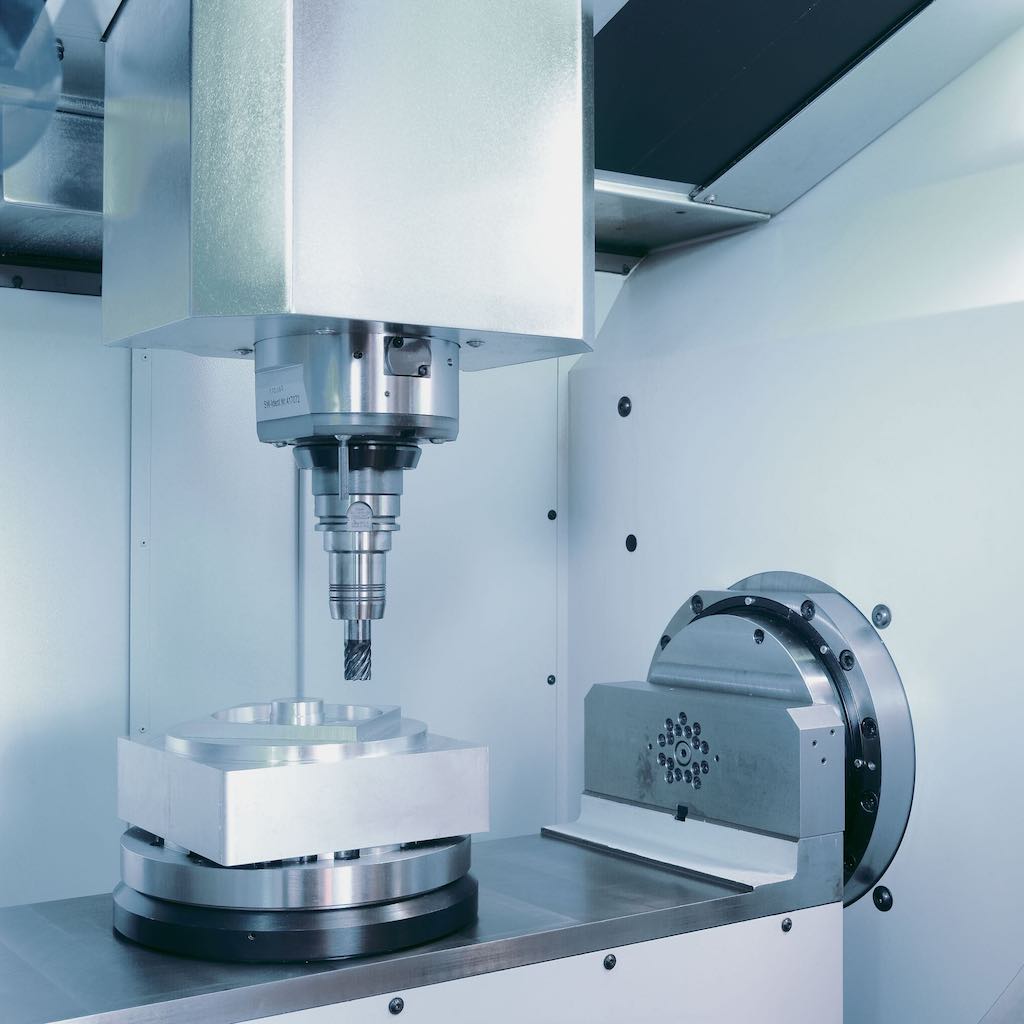
Edward Polzin: The application requirements such as motor power, acceleration, maximum travel speed, and system stability are main concerns. Some applications may select a VFD device solely based on the power requirements. For precise positioning applications, it may be necessary to have a feedback device for velocity and position control.
Question: VFDs can produce harmonics that may affect the power system and other connected equipment. What are the most effective methods to mitigate harmonic distortion in VFD applications?
Thomas Burke: VFDs are electronic devices that control the speed of an electric motor by varying the frequency and voltage of the electrical current supplied to the motor. VFDs can also produce harmonics, which are unwanted frequencies that can affect the power system and other connected equipment.
When selecting a VFD, it is important to make sure you have a VFD that has features to reduce harmonics, such as harmonic filters and pulse-width modulation (PWM) control. You need to balance the load on the power system to reduce the harmonics. We suggest using a power quality conditioner device, which can be installed to improve the quality of the power, including reducing harmonics. Surge protectors can help to protect equipment from damage caused by harmonics.
Edward Polzin: If necessary, a line filter circuit can minimize the effect of harmonic noise. VFDs with an active front end, such as IGBT rectifier circuit, can reduce the total harmonic disturbance (THD).
Question: What are the key differences between scalar control and vector control techniques in VFDs? In which scenarios is each method preferred?
Thomas Burke: Scalar control is simpler and less expensive control method than vector control. No feedback is required from the motor, consequently it is less accurate than vector control.
Vector control is a more complex and expensive control method than scalar control. Vector control does require feedback from the motor, therefore it is far more accurate than scalar control. Vector control offers more adaptable and dynamic performance inclusive of faster acceleration and deceleration. The problem is vector control is more vulnerable to harmonics and noise.
Edward Polzin: Vector control offers much better speed control compared to VFD drive using V/Hz (scalar control). Dynamic systems can benefit from vector control whereas very low speed systems will benefit from scalar control.
Question: How do you assess the efficiency and energy-saving potential of a VFD installation in a motor-driven system? Are there any standard methodologies or tools for this evaluation?
Edward Polzin: Understanding the duty cycle of the equipment will best determine energy savings potential. For example, VFD driven hydraulic power units can offer up to 80% energy savings compared to a fixed speed motor system.
Question: VFDs can cause bearing currents and shaft voltages in certain motor types. What are the best practices to prevent or minimize these issues and ensure the longevity of motors?
Edward Polzin: Properly grounded systems can minimize the effect of the ground current. Motor with insulated bearings may also be employed. In some cases, the motor with a shaft grounding brush can create conductive path for bearing current.
Question: How do you troubleshoot common problems with VFDs, such as overvoltage, undervoltage and overcurrent faults? What are the best practices for diagnosing and rectifying these issues?
Edward Polzin: Traditional methods would be via a fault code displayed on the VFD display. Newer methods involve logging fault data within a log file in the device that can be read remotely via an ethernet connection. It is also possible to broadcase those faults via the ethernet connection. Finally, the latest methodology is using Bluetooth to a mobile app for wireless reading of fault codes.
Question: With the advancement of semiconductor technology, what new trends and features are emerging in modern VFD designs?
Thomas Burke: Producers of semiconductor chips and other electronic equipment need to ensure maximum precision and accuracy, operating under stringent environmental conditions to deliver high-quality products. Effective track and trace systems that can monitor the movement of resources and goods across factories as well as the entire supply chain are also a priority.
To succeed in this, it is crucial to set up a communications network that, in addition to deterministic performance capabilities, can also support higher enterprise-level systems for robust material tracking and tracing throughout the entire production line and beyond. Ultimately, what semiconductor manufacturers require is a network technology to enable the highly effective convergence between the operational technology (OT) and information technology (IT) domains.
Time-sensitive networking (TSN) is ideal to address these needs, as this technology was developed to enhance industrial Ethernet so that it could merge disparate types of data traffic. More precisely, by providing guaranteed data transport with bounded low latency, networks based on TSN are able to transfer best-effort traffic as well as mission-critical data in a timely manner. As a result, VFDs are now compatible with TSN networks.
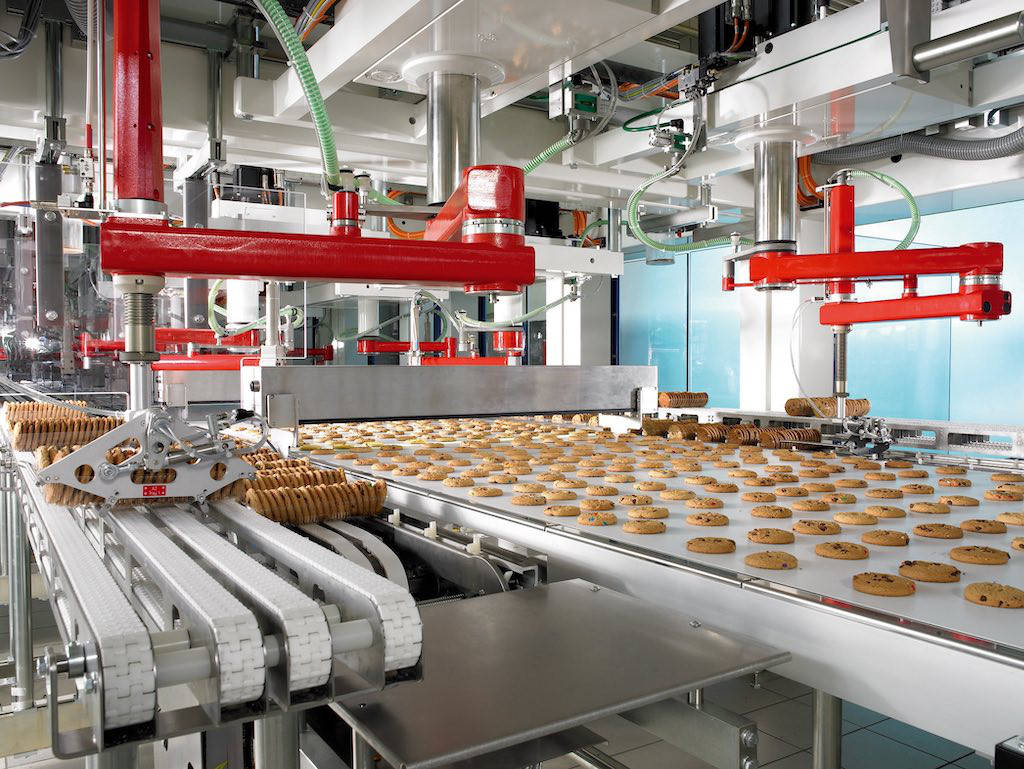
Edward Polzin: New semiconductor technologies help to decrease in size of the devices or increase power density. Lower loss semiconductors are becoming more economical which can increase overall device efficiency and lessen the need for large heatsinks. This also enables environmental sealing of devices, enabling out-of-cabinet drives to become more economical. Finally, newer semiconductors offer higher switching frequencies which help to reduce the audible noise.
Question: VFDs generate significant switching frequencies, which can lead to electromagnetic interference (EMI) problems. How can these EMI issues be addressed to comply with regulatory standards?
Edward Polzin: A properly grounded and shielded system can minimize the effect of higher switching noise and EMI problems. Shielded motor power cable and proper termination of shielding is recommended. Conventional motor power cable without the shielding will likely cause noise issues.
Question: What are the key differences and trade-offs between using VFDs with synchronous motors versus induction motors? When would you choose one type of motor over the other in a VFD application?
Edward Polzin: Induction motors offer lower cost and increased robustness but have a lower power density than synchronous motor. Synchronous motors offer higher power density and better dynamic performance.
Question: As VFDs become more widely used in industrial and commercial settings, how do you ensure the compatibility and integration of VFD systems with other control and automation technologies?
Edward Polzin: The ability to offer a variety of interface options such as different fieldbus connectivity, traditional analog and discrete interfaces are key to ensuring compatibility.
Question: Are there specific maintenance practices and preventive measures that can extend the life span of VFDs and enhance their reliability in demanding operating environments?
Thomas Burke: By introducing networking capabilities to the VFDs, you can increase accessibility and visibility of data collected on the factory floor and transfer information to other machines, networks or data management platforms. You can then use this data to drive improvements in overall equipment effectiveness (OEE), make decisions in real time to influence the production process, and use data collected from programmable logic controllers (PLCs), servos, and other VFDs to adjust and optimize operations.
As the VFD is now responding to input from the entire ecosystem, engineers have another avenue to increase efficiency, reduce maintenance costs and streamline processes. For example, material handling organizations can connect all of their cranes and other machines and applications into a single smart system to increase business agility. When cranes and other machinery are connected to back-office systems and AI applications, you get full visibility into each link in the value chain. As cranes begin to wear, smart systems can alert you to potential issues before they escalate and cause unexpected downtime or a safety incident.
Edward Polzin: The VFD itself is mostly maintenance free. Keeping the enclosure clean and free of dust and maintaining proper ambient temperature are recommended to extend the life of the VFD. The only required maintenance is typically for mechanical device such as a cooling fan.
Question: How can VFDs contribute to improving the power factor of a motor-driven system? What are the potential benefits and challenges associated with power factor correction using VFDs?
Edward Polzin: The power factor for a motor directly connected to the line can vary depending on the loading conditions. A VFD can be designed to provide a high-power factor using internal capacitors and dc bus link inductors.
Question: With the rise of the Internet of Things (IoT) and Industry 4.0, how do you envision VFDs evolving to become smarter and more interconnected within larger control and monitoring systems?
Thomas Burke: Introducing VFDs to the Internet of Things and Industry 4.0 environment requires VFDs to secure two-way communication that bridges the gap between information technology (IT) and operational technology (OT) capabilities. This means VFD interfaces need to be compatible with the end user’s network protocol of choice to enable remote access to machines lines and equipment, and to serve machine data to a monitoring and reporting system.
As a result, vendors, system integrators, operators and employees may find significant operational efficiencies in their daily activities. As part of this IT/OT coordination, VFDs’ capabilities will also need to seamlessly integrate with cybersecurity offerings such as moving target defense and network traffic filtering, to grant access only to the right people at the right time.
Edward Polzin: By providing easy to understand diagnostic data and overall health monitoring of both the drive and connected motor. In addition, energy usage and system efficiency data for tracking carbon emissions and usage profile.
